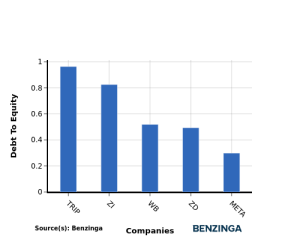SmartAsset and Yahoo Finance LLC may earn commission or revenue through links in the content below.
For households with very little saved, there is a rulebook. A tight retirement requires you to restructure your spending, maximize Social Security and delay withdrawals as late as possible. For households with significant savings, there’s another set of rules. You want to manage your wealth, plan for your estate and minimize taxes.
With $850,000 in retirement savings, a hybrid approach to retirement planning may be most impactful, depending on your personal circumstances. You can’t ignore spending and taxes, or this money may not last on its own. On the other hand, you probably don’t need to cut your luxuries and lifestyle to the bone. This is a retirement all about balance.
Say that you have $850,000 in your 401(k) and are approaching retirement. What’s the plan to help make sure it lasts, while living the most comfortable situation possible? How you treat this retirement account can make a big difference.
Here are some important things to consider. You can also use this free tool to match with a fiduciary financial advisor if you’re interested in talking your plan over with a professional.
The first question here is, when do you plan on retiring? This is a bigger deal than it may seem.
One of the least-appreciated aspects of retirement planning is that the last few years of your working life are, financially, usually the most important. This is the era when your retirement account has hit its maximum compounding value, meaning that each additional year of work generates the most additional wealth for the long run, pending market conditions. At the same time, you are also most likely in your peak earning years, letting you maximize your contributions to all forms of savings.
For example, let’s say that you’re 67 making $150,000 per year (double the national median). At a savings rate of 10% per year, this gives you $15,000 per year of retirement contributions. Add in a full employer match and you have $30,000 per year.
If you retire today, you will have $850,000 in your 401(k) account. However, with this profile, you could work a little longer and keep allowing this portfolio to grow. Say you waited three more years and retired at age 70. With a mixed return of 8% (common for a mixed bond/stock portfolio) and $30,000 per year of additional contributions, you might have $1.16 million in savings.
That is a significantly more generous retirement plan.
The point of this is not to say that $850,000 isn’t enough. Rather, it’s to emphasize that when you choose to retire is essential.
